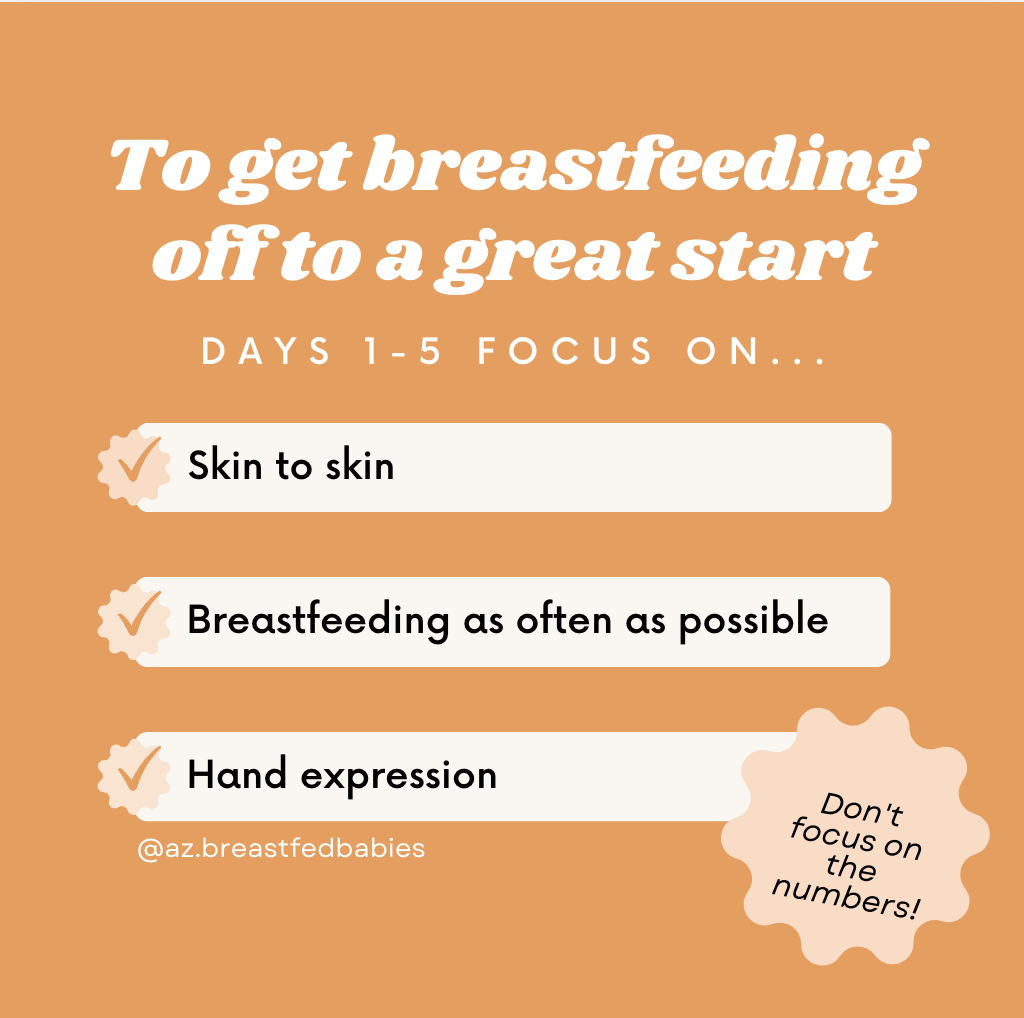The First Week of Breastfeeding: What’s Normal and What’s Not
Let’s be real: the first week of breastfeeding can feel like one big blur of feeding, leaking, crying (from both of you), and wondering if you're doing any of it “right.” If you’ve just had your baby—or you’re preparing for those early days—this is your gentle reminder: it doesn’t have to be perfect. It just needs to be close, connected, and responsive.
There’s a LOT of change in that first week, and what’s “normal” might surprise you. Let’s walk through what to expect from days 1–5, what matters most, and what to let go of—for now.
Start with Skin-to-Skin
From the moment your baby is born, one of the most powerful things you can do is keep them close—literally. Skin-to-skin contact helps regulate your baby’s temperature, heart rate, and blood sugar. It also helps stabilize your hormones, lower stress, and encourage your milk to start flowing.
Babies who are held skin-to-skin feed more often and latch more easily. And here’s the cool part: your chest can literally warm or cool depending on your baby’s needs. You are their thermostat, their safe place, and their favorite feeding spot.
Try to keep baby skin-to-skin as much as possible in those early days. Unwrap them down to their diaper, lay them on your chest, and let them root around, nuzzle, and nap where they feel most at home.
Breastfeed as Often as Possible
The best way to build your milk supply and teach your baby how to nurse is to simply... breastfeed. A lot. We’re talking 8–12+ times in 24 hours—sometimes more. Newborns eat often because their stomachs are tiny, and breastmilk is digested quickly.
Feeding on demand (instead of on a set schedule) helps establish your supply and teaches your baby that their needs will be met. Frequent nursing also prevents engorgement, which is that overly full, rock-hard feeling that can make latching more difficult if not managed.
And yes, cluster feeding is normal—especially around day 3 when your baby seems like they want to nurse nonstop. They’re helping tell your body, “Hey, let’s bring in the full milk bar now!”
Try Hand Expression Early and Often
In the first few days, your breasts are making colostrum—often called “liquid gold.” It’s thick, nutrient-dense, and perfectly designed for your baby’s first feedings. But it comes out in small amounts, and sometimes babies struggle to latch right away.
That’s where hand expression comes in. It’s a simple way to stimulate your breasts and collect those first few drops of colostrum to feed your baby by spoon, cup, or syringe if needed.
Hand expression can help:
– Soften your breasts to make latching easier
– Collect milk for a sleepy or struggling baby
– Boost your supply early on
Most parents find it helpful to start learning hand expression during pregnancy (if cleared by their provider), or right after birth with the support of an IBCLC.
Don’t Obsess Over the Numbers
This one is big: Don’t get stuck in the numbers trap.
How many ounces? How long on each side? How many minutes between feeds?
The truth is, breastfeeding isn’t measured in precise amounts like bottle feeding. And in those early days, your baby’s cues are far more important than the clock.
Instead of tracking every second, look for signs that things are going well:
– Baby is latching without pain
– Your breasts feel softer after feeds
– You’re seeing plenty of wet and poopy diapers
– Baby is alert, content, and gaining weight as expected
It’s okay to jot things down if it gives you peace of mind, but try not to get too caught up in numbers. Your baby—and your body—know what they’re doing.
What’s Normal vs. What’s Not
Normal:
– Baby wants to nurse constantly, especially at night
– You’re leaking, tingling, and feeling emotional
– Your nipples feel tender (but not cracked or bleeding)
– Baby loses a little weight the first few days (and then starts gaining)
Not Normal:
– Sharp, ongoing nipple pain with each latch
– Baby isn’t having enough wet/dirty diapers
– Baby is sleepy and not waking to feed
– Your breasts are engorged, and baby won’t latch
– You feel anxious, panicked, or overwhelmed with feeding
If something feels off—trust your gut. Breastfeeding is natural, but it’s also a learned skill for both of you. You don’t have to figure it out alone.
💛 Need some extra support during this first week? Let’s walk through it together. Book a virtual or in-person consult, and we’ll troubleshoot latch, supply, and anything else on your mind.
👉 Click here to schedule your consult
You’re doing a beautiful job. This first week is about learning each other, one feed at a time.


